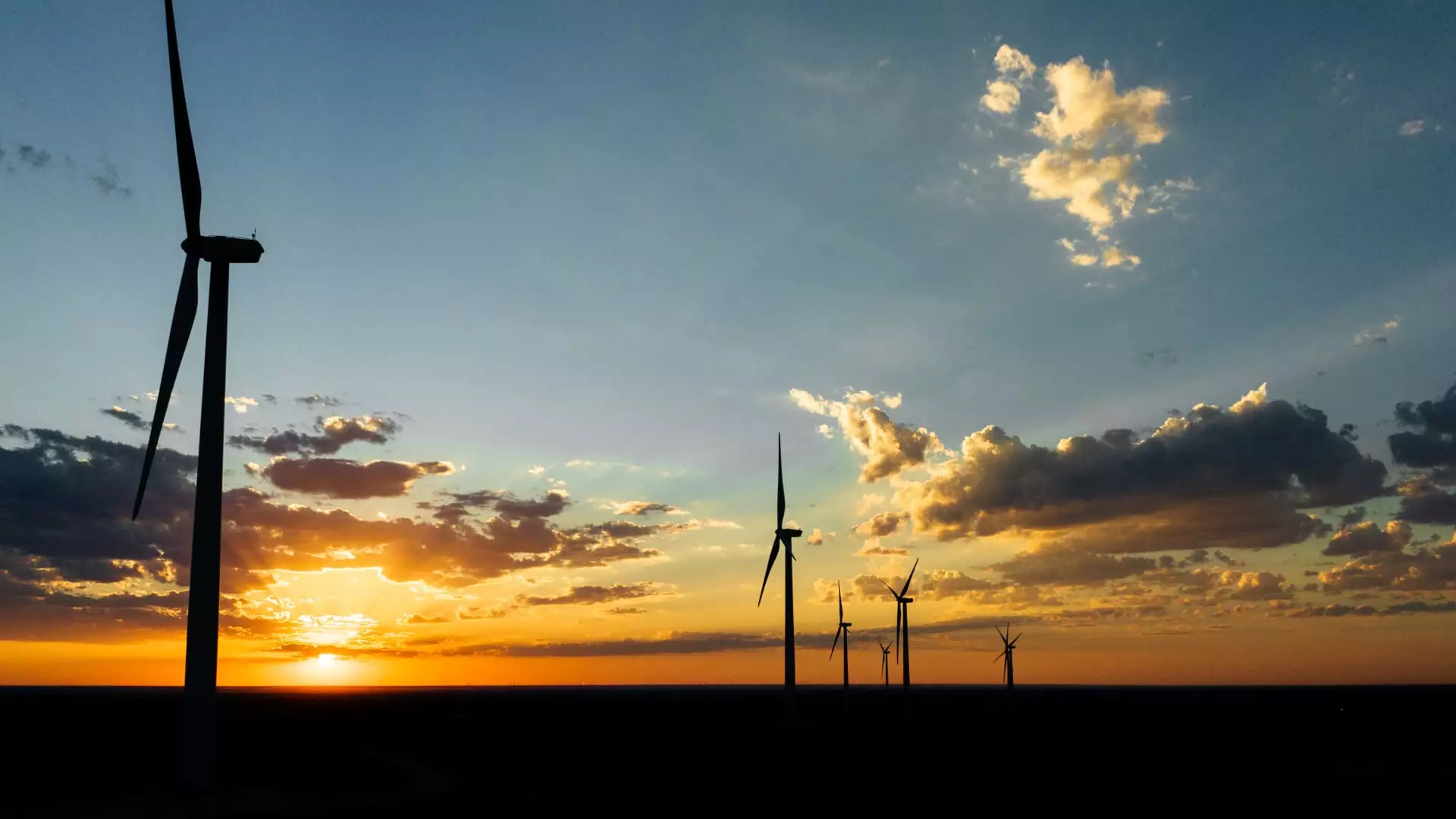As the nation gears up for a critical presidential debate featuring Vice President Kamala Harris and former President Donald Trump, the stakes have never been higher—especially concerning clean energy initiatives that are pivotal to America’s economic future. Energy policy, particularly in light of climate change, economic sustainability, and job creation, is expected to be a central theme in this debate. It’s imperative to analyze not only the intentions of the candidates but also the existing trends and uncertainties in the clean energy sector.
Recent reports indicate a significant growth in clean energy employment, boosted by legislative measures such as the Inflation Reduction Act (IRA) and the Chips and Science Act. According to the Department of Energy’s latest employment report, clean energy jobs surged by 142,000 in the last year alone, comprising more than half of all new jobs in the energy sector. This growth illuminates a crucial reality: clean energy is not merely a buzzword but a burgeoning field that shapes job markets and influences economic policy. Consequently, it becomes paramount for voters to discern how each candidate plans to navigate this landscape.
The IRA is not only expected to yield substantial short-term job growth but also lays the foundation for long-term employment in renewable energy and energy efficiency. Estimates suggest that the initiative could generate over 300,000 jobs annually linked to new energy project constructions and sustain 100,000 permanent positions each year. This growing labor market needs solid guidance from policymakers to ensure its continued expansion, yet there remains skepticism about the future direction of these programs based on the election results.
Both Harris and Trump have markedly different perspectives on energy that could greatly affect the sector’s trajectory. With Harris serving as a crucial proponent of the IRA and having previously backed the Green New Deal, her approach emphasizes investment in sustainable energy. However, her recent moderation on certain pledges—such as her stance on fracking—demonstrates her attempt to appeal to a broader electorate, somewhat diluting her earlier commitments to aggressive climate action.
In stark contrast, Trump’s approach revisits traditional energy policies focused on oil and gas. His promises to roll back climate initiatives and rescind unspent funds from the IRA signal a potential regression in the clean energy sector, which many fear could stifle the burgeoning job market that relies on renewable energy investments. Trump’s dismissal of the Green New Deal as a “Green New Scam” exemplifies a resistance to embracing the shift towards sustainable solutions, further complicating the energy discourse.
Changing Dynamics in Employment at Energy Companies
While uncertainty looms in the political arena, companies within the clean energy sector are not waiting on electoral outcomes to shape their futures. For instance, Ameresco—a leader in clean tech—plans to add 300 jobs across the U.S. and Europe regardless of the election’s conclusion. This proactive strategy reflects an unwavering belief in the need for innovative, reliable, and cheap energy sources that appeal across the political divide. Ameresco’s decision to target Gen Z workers highlights a critical shift in labor demographics, as younger individuals increasingly seek careers focused on sustainability and climate impact.
Gen Z’s rising interest in clean energy jobs is crucial, especially as traditional pathways into these professions face challenges. Corporations like Ameresco employing mentorship programs and tuition reimbursement are paving the way for a new generation of workers who are both qualified and passionate about renewable energy solutions. These young professionals are not just filling jobs; they are actively shaping the energy landscape through innovative projects that resonate with their values.
As the debate approaches, the uncertainty around clean energy policy hangs heavily. While neither candidate has articulated a comprehensive plan addressing the pressing issues of climate change and energy sustainability, experts emphasize the inevitable demand growth in the electricity sector, particularly in areas like electrification, artificial intelligence, and data centers. Daniel Bresette from the Environmental and Energy Study Institute attests to this looming demand whereby new sectors contribute to a surge in electricity needs regardless of the administration in power.
The outcomes of the upcoming debate and ultimately the election will shape the trajectory of U.S. energy policy, but the overall momentum towards clean energy is increasingly evident. Ultimately, voters must assess which candidate is positioned to not only safeguard the existing advancements but also propel the nation into a sustainable energy future that benefits both the economy and the environment. The decisions made in these forthcoming discussions will resonate far beyond the debate stage, influencing generations to come.

